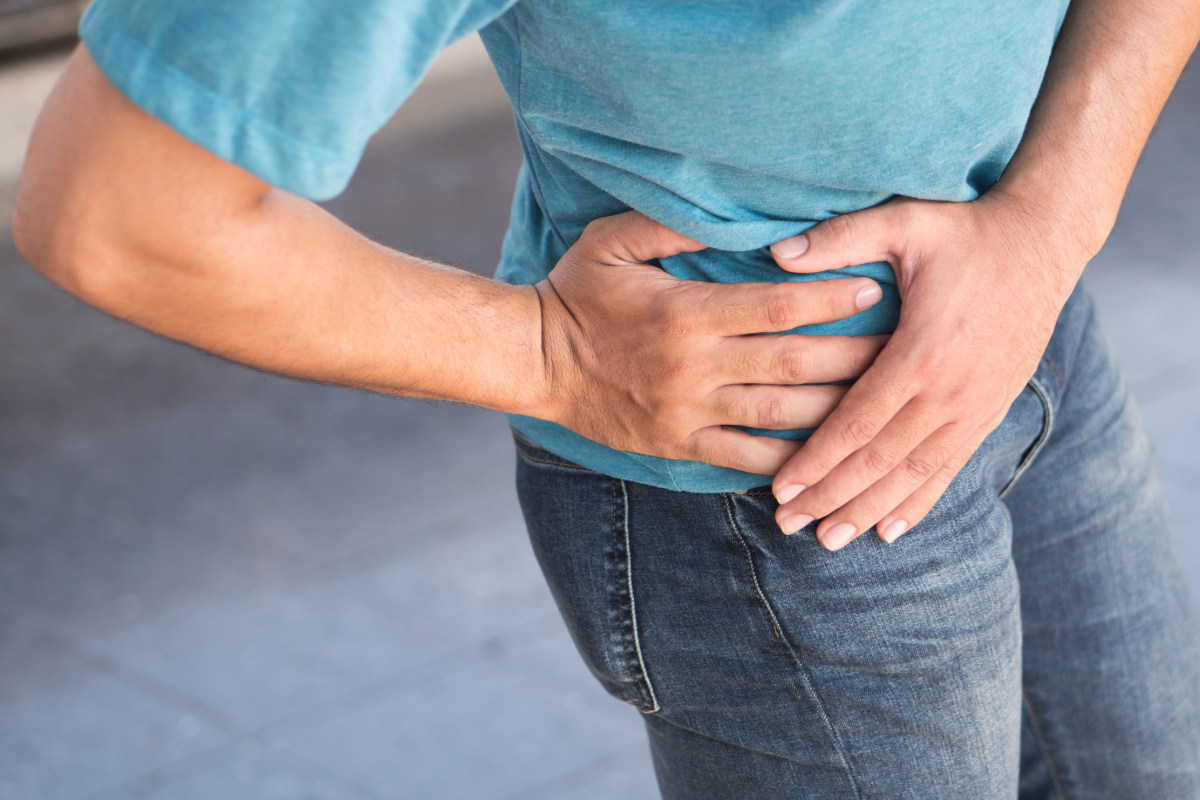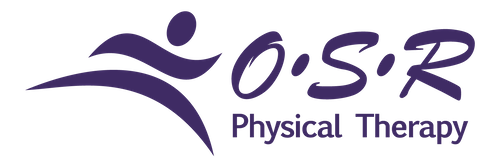
If you’re an athlete, then you’re probably no stranger to pain. You put your body through the wringer every day at practice and training. From normal muscle usage soreness to outright acute injuries, you almost expect pain as an athlete. It seems like a normal part of playing sports. Indeed, sports can lead to much pain and many injuries; yet, that doesn’t necessarily make it normal. Nor does it mean you shouldn’t do anything about it. This is no more true than with hip pain.
Along with the feet, the hips are probably the most used and abused part of the body. They help stabilize your lower body, enabling you to twist and turn in sometimes unnatural ways. They allow you to move your legs forward to backward and side to side. Without your hips, you wouldn’t even be able to sit down.
The way hips are used, especially for athletes, pain tends to be quite common. And, as much as you use your hips in everyday movements, you can feel that pain even when you’re not playing your sport. Hip pain can be a real killer and prevent you from moving efficiently. And, make no mistake about it, but hip pain can affect any athlete, not just the ones that play impact sports. Even swimmers can get a hip injury.
There are many causes of hip pain for athletes, and it doesn’t just come from a traumatic injury. Some hip pain is caused by less dramatic injuries, which makes it harder to spot early on and catch before that hip pain becomes a full-blown injury.
Pulling Your Groin
Ouch. Even reading it can make you twinge with imaginative pain. Although groin pulls are more common in high-impact sports and sports that require a lot of leg lifting – think figure skating or ballet – you can pull your groin just by walking. Yes, that’s right, even walking can cause a pulled groin if your adductors are not strong enough or your torque it just right. If you have pain in the front of the hip and down the inner thigh, even right at the groin, chances are you pulled or strained it.
Many times, a simple strain can be fixed by taking a little time off from the activity that gives you pain. Doing the RICE treatment may also help. However, once you pull your groin, chances are you’ll do it again. This is because more often than not, a pulled groin is due to weak hip muscles and weak core muscles. Moreover, if it wasn’t from trauma, it’s due to bad positioning.
Preventing A Pulled Groin Muscle
- Doing a dynamic warm-up that properly gets you moving, including dynamic stretches and drills.
- Work on your lateral hip muscles and core strength. A strong core enables you to have a stable base, which supports your hip muscles and all movements.
- Strengthen your thigh muscles, especially the inner thigh, as well as your glutes. All of which support hip movement.
- Practice sports-specific drills that mimic the movements of your sports, such as cutting and sprinting – both of which can cause groin pulls.
- Be aware of how you move, called proprioception. Having a strong sense of how your body is moving will help you engage the right muscles when you need them so that you have the support you need to avoid an injury.
Labral Tear In The Hips
Your hip joint has a cartilage that lines it for cushioning and to prevent too much stress to the bone during movement. This cartilage is called labrum cartilage and you can tear it through repetitive use or during a sports accident. Sudden twisting or falling can result in a labral tear. Labral tears are quite common in sports that require a lot of sudden movement, starting and stopping, such as soccer, hockey, and football. It’s also common in figure skaters.
Like a pulled groin, you’ll feel pain in the groin and hips, especially when twisting. You might even feel a clicking or snapping feeling when the hips are in motion.
Similar to groin pulls, the best medicine is rest and RICE, as well as physical therapy.
Preventing Labral Hip Tears
Many prevention techniques for hip labral tears are the same as groin pulls, in addition to the following tips.
- Work on your mobility for your lower body. This means making sure you’re adequately strong from the lower core down to your feet.
- You also want to make sure you’re moving properly. Slow down any movements of your sport during drills so that you can work on posture.
- Maintain flexibility in the hips, groin, and hamstrings, which circles back to mobility.
Hip Bursitis
Hip bursitis is something most runners expect to get as it’s so common. If you’re a runner, chances are you’ve known somebody or know of somebody who suffers from it. Hip bursitis is simply inflammation of the hip bursa, which causes pain and irritation in the hips. It’s mostly caused by overuse. Its tell-tale symptom is pain in the upper thigh and hip joint and can get so bad that it sidelines you completely from sports.
You’ll need to fully recover from this one before heading back out on a run, or it’ll just come back to haunt you.
Hip Bursitis Prevention
Like the other hip injuries listed, the best way to prevent bursitis is through hip strengthening and flexibility. Can’t be stressed enough the importance of proper hip movement and functioning, which comes from properly strengthened muscles that support the joint.
Piriformis Syndrome In Athletes
It’s a pain in the butt – quite literally. Piriformis syndrome causes pain in the buttocks as well as can cause sciatica. The syndrome is the result of a tight piriformis, the muscle that runs from the sacrum to the outer hip. Alternatively, a shortened piriformis can also cause pain. You may think that muscles can’t shorten. However, the piriformis can shorten if you have a bad sleeping posture or stand with one hip jutted out.
Piriformis syndrome is often mistaken for lower back pain, even though lower back pain can be caused by this syndrome. Your relief and treatment can come from manual therapy as well as physical therapy. You’ll need to work on alignment as well as strengthening.
Preventing Piriformis Syndrome
- Take up a proper sleeping position.
- Work on your alignment.
- Stretch and strengthen your piriformis.
Hip Pain And Physical Therapy
With any pain, especially if you’re an athlete, it’s important to get it checked out. You want to make sure you know the direct cause of the pain so that you can treat it in the best way. By simply guessing what the problem is, you could be headed for even more pain or injury. Furthermore, you could be putting more stress elsewhere on the body if you’re treating your pain improperly.
Physical therapy doesn’t just work for the injured. It also works for those in pain. Physical therapists will create a treatment program based on the diagnosis of your pain.
